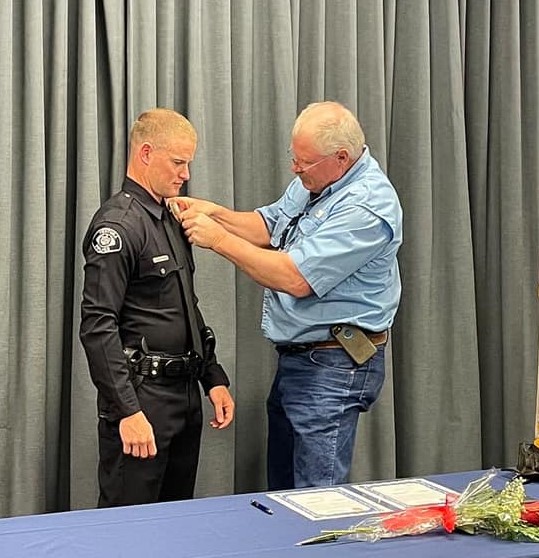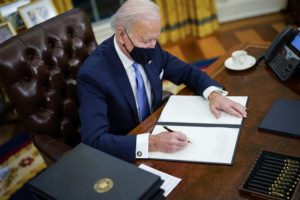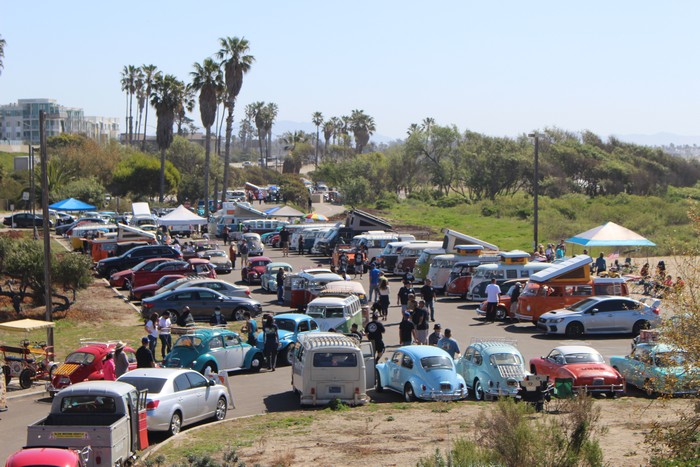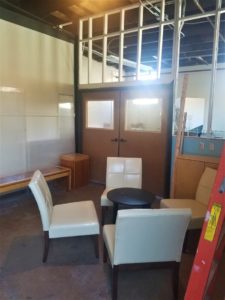On Monday, March 22, 2021, the Ventura City Council approved to move forward with five- year water and wastewater rate adjustments by authorizing the City to proceed with a Public Notice, informing customers of the proposed rate increases.
Approximately every five years, the City must evaluate water and wastewater rates to ensure sufficient revenue is available to support safe and reliable services. Over the last year, the Water Commission, with the support of City staff and financial consultants, has undergone an extensive Water and Wastewater Rate Study evaluating items such as the City’s water rate tiers, water shortage rates, wastewater rate structure, and financing options for major initiatives, including the State Water Interconnection project and the VenturaWaterPure program.
Results of the Rate Study showed that an annual rate increase of seven percent for water service and six percent for wastewater service is needed in each of the next five years to continue to operate and maintain the systems, repair and replace aging infrastructure, secure water supply, improve water quality, and meet legal and environmental regulations. For the average homeowner, this adjustment will amount to an average annual increase of $7.76 to a monthly bill, for the next five years.
When developing rates, the Water Commission prioritized affordability, customer understanding, financial stability, and legal defensibility. Included in the policy recommendations is transitioning from a four-tiered to a three-tiered water structure and doubling Tier 1 from three hundred cubic feet (HCF) to six HCF. Today, 21 percent of residential customers stay within Tier 1. Under the proposed rates, about 50 percent of residents are expected to remain in Tier 1, paying the lowest cost of water.
“Safe, clean, and reliable water and wastewater services are vital to life, the local economy, and our community. Moving forward on these rate adjustments, as proposed by the Water Commission, is an important step in ensuring a sustainable and resilient future for our community,” said Mayor Sofia Rubalcava. “Ultimately, I believe the recommended rate adjustments to be fair and equitable. By keeping the cost of the Tier 1 water low, water remains affordable for our low-income residents.”
It has been nearly three years since the City raised rates, and as a result, significant investments are needed now to achieve Ventura Water’s 36 capital improvement projects planned for the next six years.
“We can no longer afford to defer critical investment to maintain our water and wastewater infrastructure, as it puts us at risk for more expensive repairs in the future. Responsible investment is needed now to keep the cost of water affordable for current and future customers,” stated Ventura Water Commissioner Suzanne McCombs.
Beginning April 1, all Ventura Water customers and property owners will receive a public notice in the mail, notifying them of the proposed rate changes. Customers will have 45 days to submit a written protest if they oppose the rate adjustments. On May 17, 2021, City Council will hold a Public Hearing on the proposed rate adjustments. If there is no majority protest, the City Council can move forward and approve the recommended rate adjustments. If adopted, new rates will become effective July 1, 2021.
Ventura Water will host Virtual Community Open House events on April 19 and April 28, 2021 at 6:00 pm. Customers are invited to learn more about the proposed rate changes, ask questions, express their support or concerns. To register for the meetings, visit www.VenturaWaterRates.net.








